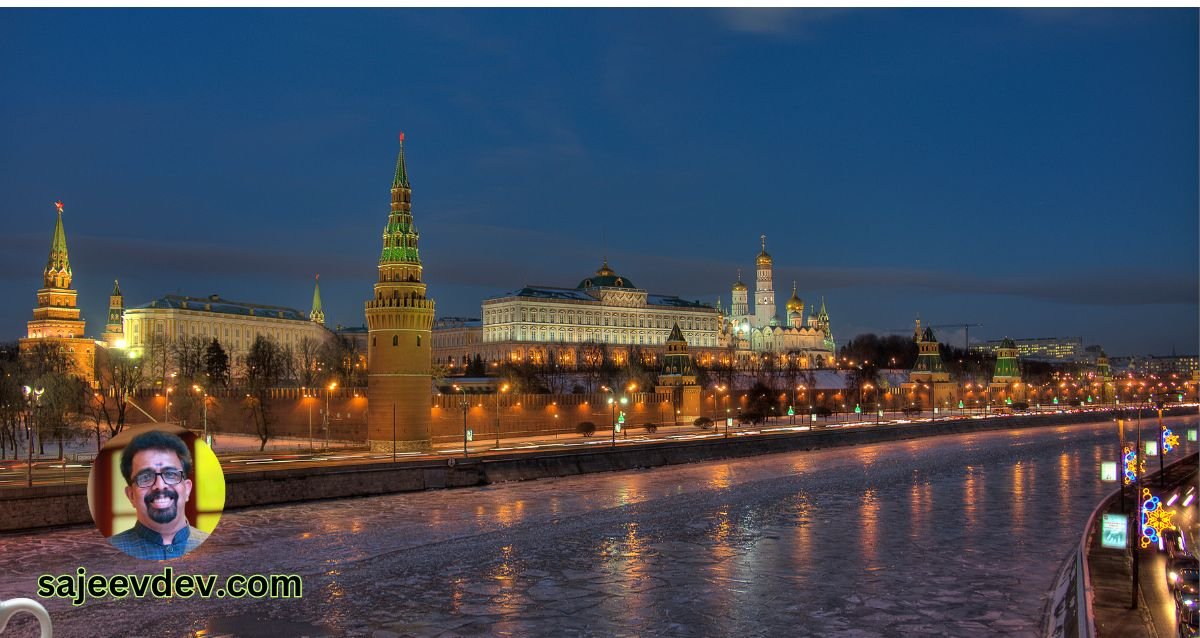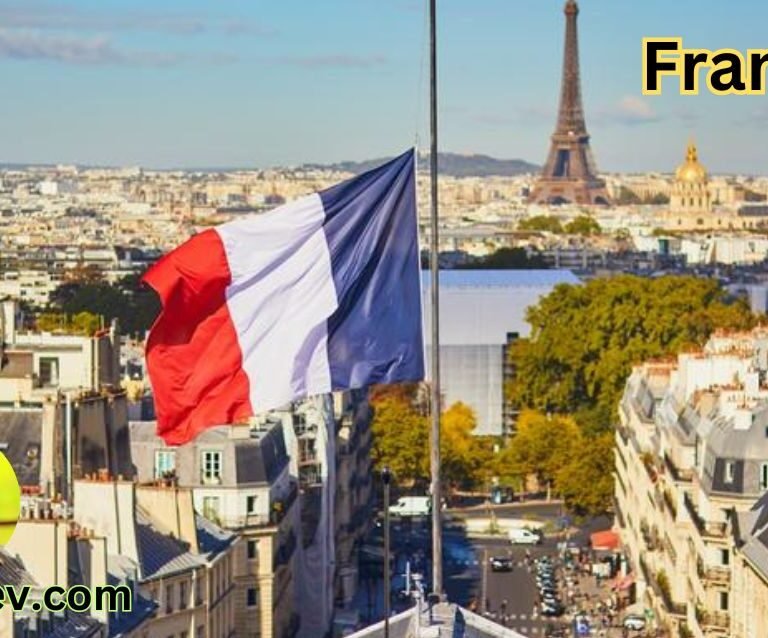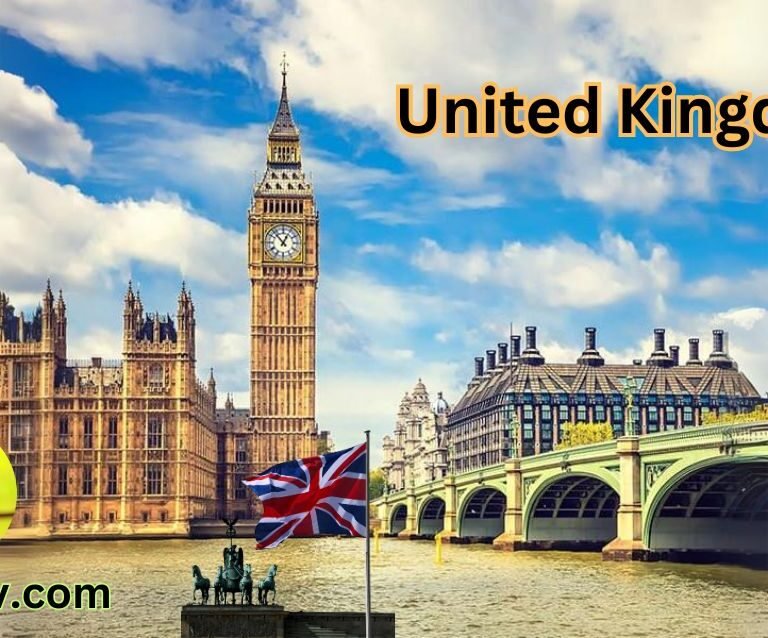The Republics of Russia
Within the vast expanse of the Russian Federation lies a distinctive type of federal subject known as republics. These republics are a fundamental component of Russia’s administrative framework, playing an essential role in the country’s governance. Comprising 21 internationally recognized republics and one additional republic under de facto Russian control, these entities are notable for their unique status, which grants them a degree of autonomy not found in other federal subjects.
Historically and culturally, the republics are integral to Russia’s diverse fabric. Each republic often represents a specific ethnic group, preserving its own language, traditions, and cultural practices. This cultural mosaic is a legacy of Russia’s complex historical development, where various peoples and territories were incorporated into the state, contributing to its rich heritage.
The establishment of republics within the Soviet Union laid the groundwork for their current status in the Russian Federation. During the Soviet era, these territories were designated as “Autonomous Soviet Socialist Republics” (ASSRs), intended to provide a framework for the expression of ethnic identities within the broader socialist state. Following the dissolution of the Soviet Union, these entities transitioned into republics within the Russian Federation, retaining their distinct cultural identities and, in many cases, their own constitutions and official languages alongside Russian.
The republics’ significance extends beyond their cultural contributions. Politically, they are provided with a certain level of self-governance, which allows them to manage local affairs to varying extents. This autonomy manifests in the election of local leaders, the establishment of regional laws, and the management of economic resources, although these powers are subject to the overarching framework of the federal government.
By understanding the republics of the Russian Federation, one gains insight into the intricate balance between unity and diversity within this vast nation. The interplay of historical legacies, cultural distinctiveness, and political structures shapes the modern identity of these unique administrative entities, making them a vital subject of study for those interested in the geopolitical and cultural complexities of Russia.
Historical Background
The formation of the republics within what is now the Russian Federation dates back to the early 20th century, following the turmoil of the Russian Revolution of 1917. As the Russian Empire disintegrated, Lenin and the Bolsheviks envisioned a new political structure that would address the diverse ethnic composition of the vast territory. They proposed the creation of republics as self-governing units, each serving as a nation-state for the myriad ethnic minorities scattered across the former empire.
Initially, these republics were established with the intention of granting limited self-determination to various ethnic groups, thereby ensuring their cultural, linguistic, and administrative needs were met within a larger socialist framework. This was a strategic move by the Bolsheviks to stabilize the nascent Soviet state by garnering the support of numerous ethnic groups that had been marginalized under the tsarist regime.
As the Soviet Union solidified its control in the subsequent decades, the autonomy of these republics was increasingly curtailed. The central government in Moscow imposed stringent oversight, effectively reducing the republics to administrative units within a highly centralized state. Despite this, the republics retained their status and certain formal powers, such as the right to issue their own constitutions, maintain national symbols, and promote local languages and cultures.
With the dissolution of the Soviet Union in 1991, these republics faced a transformative period. They emerged as subjects of the newly established Russian Federation, where their roles and degrees of autonomy were redefined through the complex federal structure of the new state. Today, the republics of the Russian Federation enjoy a distinct status, being recognized as national territories with a degree of legislative power, yet still operating under the larger framework of the federal government. This blend of autonomy and centralization shapes the modern identity and governance of these unique political entities.
Cultural and Ethnic Diversity
The republics of the Russian Federation present a remarkable tapestry of cultural and ethnic diversity, anchored in a multiplicity of distinct identities. Central to this diversity are the titular nationalities—ethnic groups for whom the republics are named. These groups hold a significant place in the autonomous structure of the federation, with each republic having institutional mechanisms to preserve and promote its unique cultural heritage.
Indigenous ethnic groups play a pivotal role in shaping the character and identity of their respective republics. Each group contributes its language, traditions, and social customs, creating a rich mosaic of cultural practices across the federation. For instance, the Republic of Tatarstan is distinguished by its Tatar population, with a vibrant cultural life that includes traditional music, dance, and culinary arts. Likewise, the Sakha Republic (Yakutia) showcases the resilience and deep traditions of the Sakha people, renowned for their epic poetry and unique spiritual beliefs.
Russian migration over the centuries has deeply influenced the demographic makeup of these regions, adding layers of cultural richness and complexity. The intermingling of diverse ethnicities has led to the formation of hybrid cultures, where elements of Russian and indigenous traditions blend seamlessly. This demographic intermixture reflects in the republics’ linguistic diversity, culinary fusion, and cross-cultural social practices. For example, in the Republic of Bashkortostan, the Bashkir and Russian populations coexist, sharing and celebrating each other’s festivals and practices, thereby fostering a sense of inclusivity and mutual respect.
The demographic evolution in these republics offers a fascinating glimpse into the dynamics of cultural adaptation and coexistence. This ongoing interplay between indigenous peoples and Russian settlers has not only enriched the cultural landscape but also posed unique challenges in terms of preserving distinct ethnic identities amid broader national integration. Thus, understanding the cultural and ethnic diversity of Russia’s republics is key to appreciating the complex, multi-layered fabric of this vast federation.
Republics’ Autonomous Status and Political Changes
The autonomous status of the republics within the Russian Federation has undergone significant transformation over the years. Initially, the Federation Treaty of 1992 bestowed these republics with considerable rights and autonomy, allowing them to exercise substantial control over their internal governance and economic matters. This agreement symbolized a recognition of the diverse ethnic, cultural, and linguistic composition of the federation’s regions, granting each republic a degree of self-rule and local decision-making power.
However, the political landscape began to change dramatically under the leadership of Vladimir Putin. Centralized reforms initiated by Putin in the early 2000s started to curtail the autonomy initially provided by the Federation Treaty. These reforms aimed to strengthen the central government’s control, streamlining the federal structure to ensure more uniform governance across the vast country. As a result, governors of the republics, who were once directly elected by local populations, began to be appointed by the President, effectively increasing Moscow’s influence over regional affairs.
The political implications of these changes have been profound. The reduction in autonomy has not only shifted the balance of power towards the central government but has also impacted the republics’ governance and economic control. This centralization has often led to tensions between regional leaders and the federal authority, particularly in areas with strong ethnic identities and distinct cultural heritages. Economic policies that were once tailored to the specific needs of each republic now align more closely with federal directives, sometimes leading to local discontent and a perceived erosion of regional identity.
While the intent behind centralization was to create a more cohesive and manageable administrative structure, the process has inevitably stirred discussions about the best approaches to governance in a diverse federation like Russia. The evolving relationship between the central authority and the republics remains a crucial aspect of the Russian Federation’s political dynamic.
The economic significance of various republics within the Russian Federation has been a pivotal factor in shaping their political clout and autonomy. For instance, regions such as Tatarstan and Bashkortostan have vast natural resources, including oil and natural gas, which bolstered their economic standing and subsequently reinforced their leverage in negotiating with the federal government. This economic robustness translated into substantial political influence, as these republics used their resource wealth to demand greater self-governance.
In the early 1990s, the Russian Federation saw the emergence of numerous bilateral treaties between the central government and its republics. These agreements, formalized through a series of bilateral treaties, conferred considerable authority upon the republics over their internal policies and economic management. These agreements were part of a broader political strategy aimed at appeasing regional leaders and ensuring the stability of the newly-formed Russian Federation amidst the post-Soviet transition. Republics like Tatarstan, for instance, secured terms allowing them to retain a significant portion of their tax revenues and exert greater control over their natural resources.
However, as the central government sought to reassert its control, these bilateral treaties were progressively rolled back. Starting from the late 1990s and into the 2000s, the federal government, under the leadership of Presidents Boris Yeltsin and Vladimir Putin, began a systematic campaign to curtail the autonomy granted to the republics. The central authorities leveraged legal reforms, amendments to the Russian Constitution, and political maneuvering to abolish many of the privileges previously accorded to the republics. Measures such as the centralization of tax revenues and the redistribution of powers to federally appointed officials delineated a clear shift towards reinforcing central control over the republics.
Overall, the abrogation of these bilateral treaties marked a significant transformation in the relationship between the federal government and the republics, signaling a shift from a decentralized federation to a more centralized state. This evolution underscores the delicate balance between regional autonomy and central authority that continues to shape the political landscape of the Russian Federation.
Current Status and Administration
The administrative structure and political status of the republics within the Russian Federation have experienced significant changes, notably since the termination of the final bilateral treaty in 2017. This development has led many experts to argue that Russia may no longer function as a true federation. Under this new structure, the central government in Moscow holds substantial control over the republics, diminishing the autonomy that was previously enjoyed by these regions. The shift has centralized power, allowing the federal government to oversee policies and governance directly.
The current administrative practices involve a hierarchical framework where the heads of the republics, often appointed by the Kremlin, play a critical role in implementing federal policies. The standardized approach lessens regional disparities but also limits the ability of local administrations to tailor policies specifically to their unique cultural and socioeconomic contexts. Consequently, many areas face challenges in addressing local needs effectively.
This centralized governance model affects the daily lives of the residents within the republics. Services such as health care, education, and infrastructure development are managed under federal regulations, aiming for uniformity across the country. While this ensures a certain standardization, it sometimes leads to inefficiencies in addressing the distinct requirements of diverse communities within the republics.
Moreover, the economic policies implemented by the central administration impact the local economies of the republics. Regions rich in natural resources often find themselves heavily regulated, with a significant portion of revenue being directed to the federal budget rather than reinvested locally. This has led to some degree of discontent among the residents and local leaders who seek more autonomy and a fair share of resource-generated wealth.
In effect, while the centralization has brought stability and streamlined governance, it has also imposed a rigid administrative framework that often overlooks the unique identities and needs of the republics. The ongoing discourse on federalism in Russia continues to evolve as residents and political analysts alike weigh the benefits and drawbacks of the current administrative practices.
Annexation of Crimea and Ongoing Territorial Disputes
In 2014, the geopolitical landscape of Eastern Europe underwent a dramatic shift when Russia annexed Crimea, a peninsula previously recognized as part of Ukraine. This controversial move followed a highly disputed referendum in which the majority of Crimean voters purportedly supported joining the Russian Federation. Despite the Kremlin’s rapid integration of Crimea as the Republic of Crimea, the international community, including the United Nations, regards the region as occupied territory, still legally part of Ukraine.
The annexation of Crimea has had profound ramifications for regional stability and global diplomatic relations. It led to a new era of sanctions against Russia from Western countries and intensified a climate of mutual distrust. The situation escalated further in 2022 when Russia launched a large-scale military invasion of Ukraine. During this conflict, Russia claimed to annex four additional Ukrainian provinces: Donetsk, Luhansk, Kherson, and Zaporizhzhia, in moves that have been widely condemned as breaches of international law.
Among these, the focus on Donetsk and Luhansk—two regions in Eastern Ukraine collectively known as the Donbas—carries special significance. These areas have been battlegrounds since 2014, where pro-Russian separatists declared independent republics following the Crimean annexation. Despite extensive fighting and diplomatic efforts, these regions remain hotbeds of military and political struggles. The situation is further complicated by the issuance of Russian passports to local residents, suggesting a deeper attempt to integrate these disputed republics into Russia’s orbit.
The ongoing territorial disputes have not only exacerbated humanitarian crises but also strained international relations, raising apprehensions about broader geopolitical consequences. As such, the incorporation of Crimea and claims over the Donetsk and Luhansk republics underscore the complexities of regional geopolitics and highlight the enduring volatility in the post-Soviet space.
Traveling Through Russia’s Republics
Exploring the republics within the Russian Federation provides a unique opportunity to delve into the rich tapestry of regional cultures, historical narratives, and breathtaking landscapes. As travelers embark on this journey, it is essential to understand that each republic offers its own distinct character and charm.
Mount Elbrus, located in Kabardino-Balkaria, is the highest peak in Europe and a must-see for adventurers. Meanwhile, Dagestan is known for its diverse ethnic composition and vibrant city of Makhachkala, which draws visitors with its thriving marketplaces and the ancient Derbent fortress. Tatarstan features Kazan, a city renowned for its stunning architectural sites like the Kazan Kremlin and Kul Sharif Mosque, blending Tatar and Russian influences.
Cultural appreciation is critical. Visitors are encouraged to respect local customs and traditions. For instance, in the Republic of Tuva, witnessing a throat-singing performance, attending a shamanic ritual, or participating in a traditional celebration can provide deep insights into the local way of life. Chechnya’s Grozny is another cultural highlight, showcasing the Heart of Chechnya Mosque and poignant memorial complexes reflecting the area’s past and resilience.
Sampling the local cuisine is an essential part of the travel experience. In Bashkortostan, try “chak-chak,” a sweet treat made from fried dough topped with honey. Ingushetia offers “chudu,” a delicious stuffed flatbread, often enjoyed in communal settings. Food is intricately linked to the region’s identity, allowing travelers to engage with the community on a more intimate level.
Understanding the historical and cultural context of each republic enhances the travel experience significantly. The republics of Russia are not mere administrative divisions but areas with unique historical backgrounds and cultural significance, offering an immersive experience that blends natural beauty with cultural richness.
Travelers should approach their journey with an open mind and a readiness to learn from the diverse people and histories that make up these unique republics.









